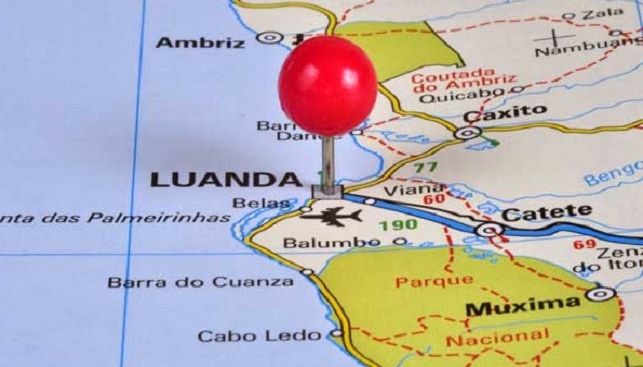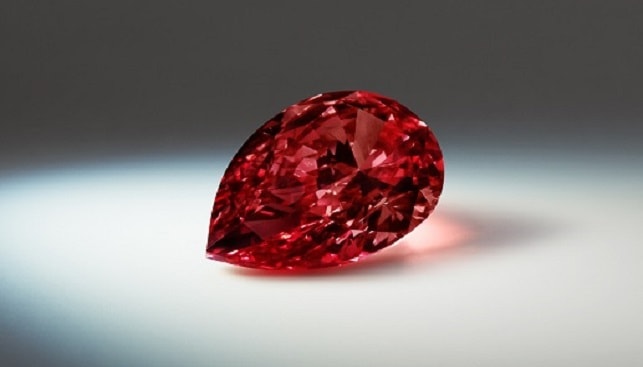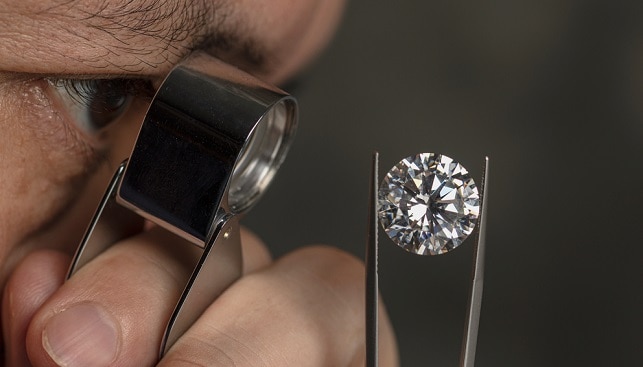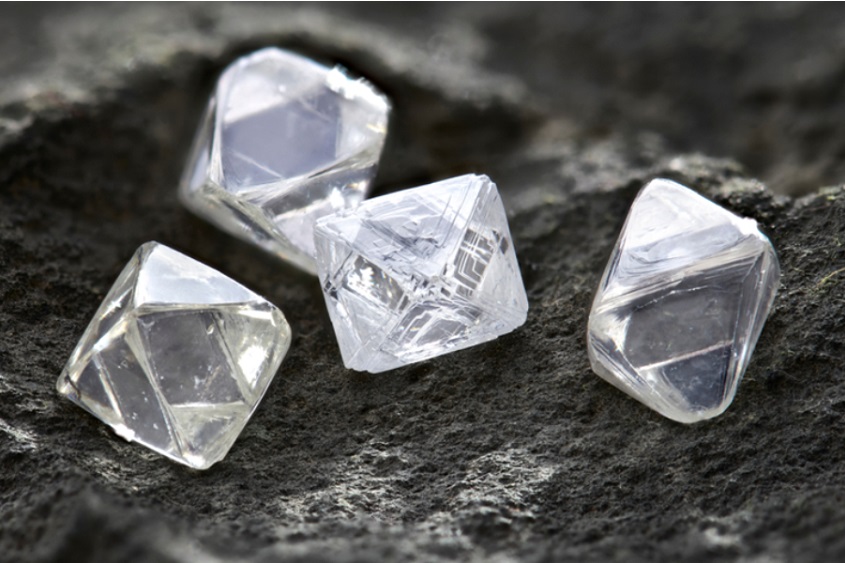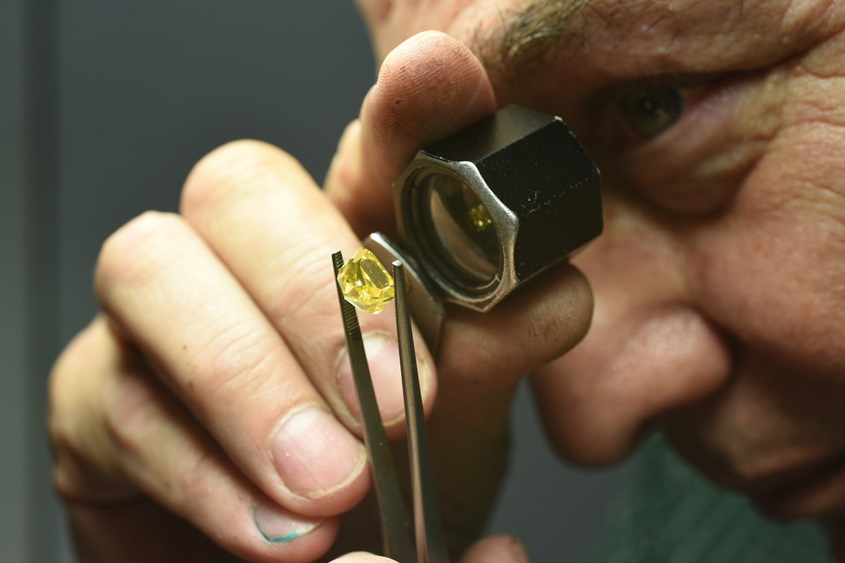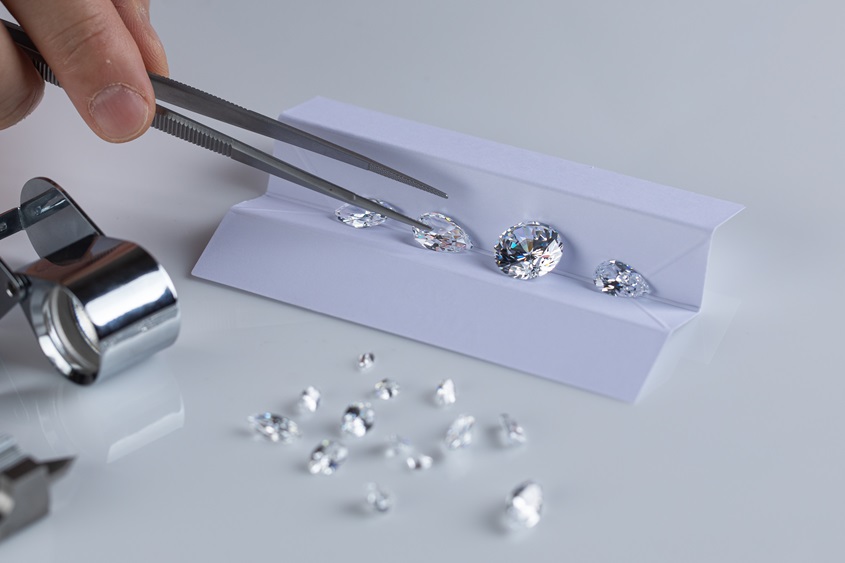The Republic of Angola, in Southern Africa, has long relied on diamond production for local economic boost. Currently, Angola’s diamond production is third in the continent – the first two spots taken by Botswana and South Africa respectively. In terms of global production, Angola is seventh, accounting for roughly 5% of world diamond production. According to data published by the Kimberley Process Certification recently, Angola’s production rose 13% to $1.32 billion as volume grew 2% to 8.791 million carats in 2014.
In February 2015, Angolan state diamond mining company Endiama said the country has extensive diamond reserves that are estimated at 300 million carats. Chief Executive Carlos Sumbula told delegates at a mining conference in Cape Town that a significant part of the country remained unexplored. Endiama also noted that of the total 108 areas available for reconnaissance work, prospecting and research, preliminary geological investigation had been conducted in 29 areas.
There are three diamond mines in Angola. The Catoca Diamond Mine is listed as the fourth-largest kimberlite mine in the world. It is located in central-western Angola in the Lunda Sol province, some 55 kilometers from the city of Saurimo. It is the country’s largest diamond mine, covering some 64 hectares.
In 2013, $594 million worth of rough diamonds extracted at Catoca were sold. Over the course of 2013, 6.556 million carats of rough stones were mined at Catoca. This a 2% drop from 2012 numbers.
The Luarica diamond mine, which produced 95,000 carats of diamonds in 2004, was discontinued after the 2009 global crisis. Part owner Trans Hex withdrew from operations, and in 2011, Endiama said that it planned to restart operations alone. In 2013, Endiama signed an agreement with Russian miner Alrosa to establish a joint venture to conduct geological exploration in the area.
The third diamond mine in Angola – Fucauma – is still under construction. According to Rough & Polished, Fucauma was expected to produce approximately 480,000 carats over a four-year period, providing earnings of $70 million. However, the global economic crisis of 2009, which resulted in a reduced demand for rough diamonds, brought mining operations to a halt in that year. In 2011, Trans Hex withdrew from the mine, and Endiama announced that it will restart operations alone.
In 2013, Endiama and ALROSA signed a joint-exploration agreement, which was set to begin in Angola’s Luarica and Fucauma diamond mines in 2014.

